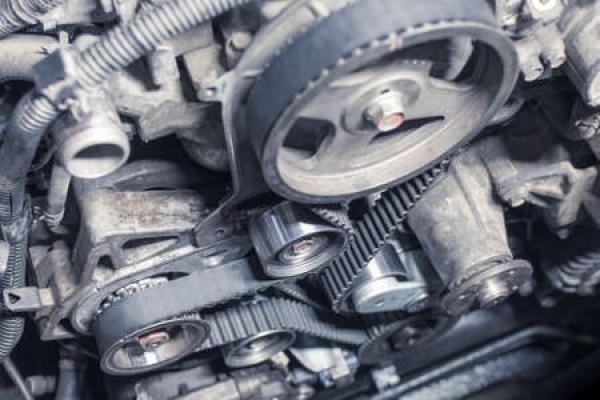Cambelt Replacement
A cambelt (or timing belt) controls the timing of the engine's valves. When a cambelt breaks most engines will be badly damaged and are costly to repair.
Your vehicle manufacturer will recommend the number of kilometres driven before replacement is required. Most Japanese vehicles are around 100,000kms or 5 years. European vehicle replacement cam belts are sooner.
Need advice or your cambelt replaced?
Signs of a worn Cambelt
- Excessive Exhaust
If your car fires more than a typical amount of exhaust, check your cambelt. - Car Difficult to Start
A car with high mileage and hard to start, check your cambelt. - Hot, Leaky Engine
Older rubber cam belts degrade in hot temperatures and exposure to motor oil. If your car is running hot and has a leaky engine the life expectancy of your cam belt is lowered. Newer cam belts are made of heat resistant materials and do cause these problems. - Car Shakes
A working cambelt is perfectly timed to the valves and pistons. If the belt is degrading the timing will be out causing the car to shake.
Engine Cambelt Replacement
- The cambelt covers are removed, cambelt removed and inspected
- Crank, camshaft, oil pump and oil seals are inspected for leaks
(oil contamination is one of the most common causes of cambelt failure) - The condition of the water pump c is checked, replaced or reported as required
- Cambelt idler bearings are checked and replaced as required
- Cam belt tensioner is checked and replace as required
- Reassemble with new cambelt
- Refit covers etc
- Run, check and set ignition timing (if applicable)


